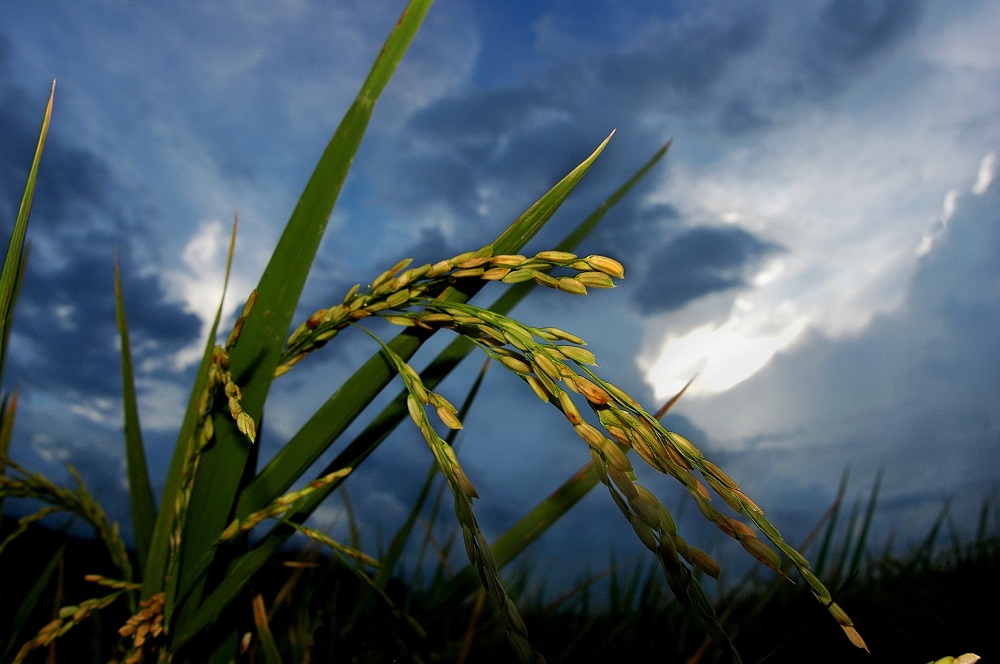
Will converting seasonal crops, like rice, into perennial crops that produce yields for many years without replanting annually be the way to create climate change-proof agriculture?
Some scientists think so.
In China, crop scientists at Yunnan Agricultural University are developing traditionally seasonal crops that continue to grow after harvesting and deliver several yields, according to the Indian daily, The Economic Times. The team crossed Oryza sativa, a short-lived Asian rice, with O. longistaminata, a wild African perennial to developed PR23. The variety can grow for at least five years and can be harvested twice a year with yields comparable to seasonal rice, according to the report.
PR23 was tested more than 600 hectares in Yunnan as well as in Laos in 2015. If Yunnan’s government approves the new rice for widespread release to farmers, it will be among the world’s first perennial grains to be grown beyond experimental fields, according to the Yale Environment 360. The adoption of perennial grain crops comes with advantages over annual crops. The new varieties have deep root systems that could reduce soil erosion, better withstand temperature extremes, and cope with decreasing water supply. Perennial rice would also require less labor which is growing scarcer and more expensive. Additionally, it could provide a steady supply of fodder and fuel.
In the mid-1990s, the International Rice Research Institute established the Perennial Upland Rice project, a breeding program aimed at helping poor subsistence farmers combat erosion on steep slopes. The project ran for 6 years, generating valuable new information pertinent to developing perennial rice.









Can PR23 be grown under SRI conditions?
IRRI Staff, I’m a National Geographic-published photographer working on a book about food and climate change. One of the topics is perennial rice and wheat. The Land Institute has sent me samples of Kernza, and well as images from the field for use in my book. It’s unrealistic for me to visit every continent to photograph book content, so I’m reaching out to see if you would provide a high resolution image or two of perennial rice for the book? I would attribute full credit, and add text about your work and progress. Happy to answer any questions, and thanks for your consideration, Robert Dash